Tombes Qing occidentales - Prix des billets, heures d'ouverture, emplacement et points forts
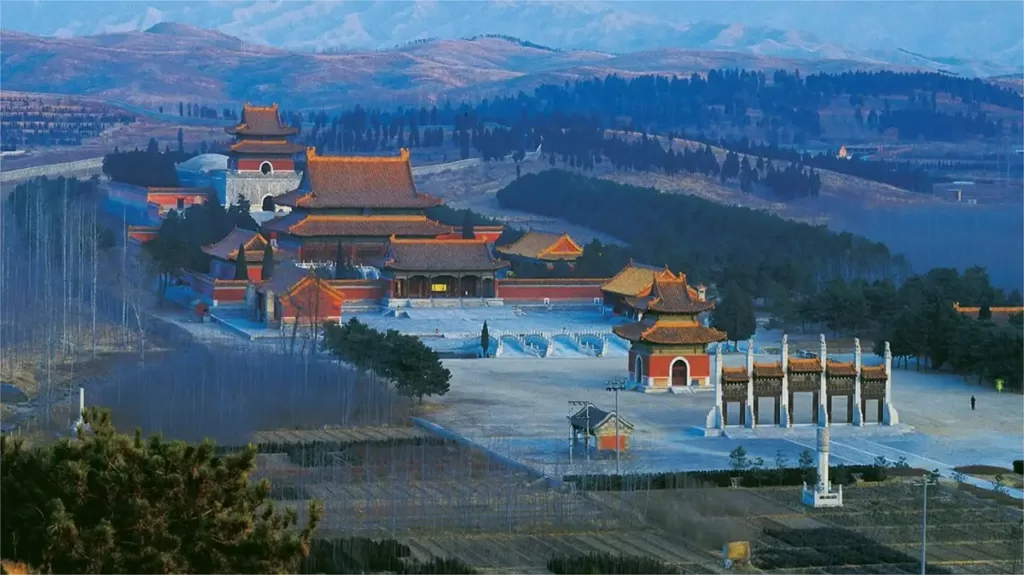

The Western Qing Tombs (清西陵), located in Baoding, China, serve as the final resting place for four Qing Dynasty emperors, with their construction spanning from the reign of Emperor Yongzheng in 1730 to completion in 1915, making it a monumental project that lasted 185 years. This sprawling complex stands as one of the largest, best-preserved, and most comprehensive collections of ancient imperial mausoleums in existence.
The Western Qing Tombs encompass a total of 14 mausoleums, including the likes of Tai Ling for Emperor Yongzheng, Chang Ling for Emperor Jiaqing, Mu Ling for Emperor Daoguang, and Chong Ling for Emperor Guangxu. Three auxiliary mausoleums are also part of the complex, alongside the resting places of princes, princesses, and other royal family members, totaling 14 in all. Covering an expansive area exceeding 800 square kilometers, the Western Qing Tombs boast over 1,000 palaces and more than 100 stone carvings and structures.
This architectural marvel features an abundance of colorful paintings and intricate carvings, showcasing the extraordinary craftsmanship and distinctive ethnic style of Qing Dynasty architecture. In recognition of its historical and cultural significance, the Western Qing Tombs were inscribed on the World Heritage List by the 24th session of the World Heritage Committee in November 2000.
Table des matières
- Informations de base
- Localisation et transport
- Highlights of Western QIng Tombs
- Video about Western Qing Tomb
- Conseils utiles résumés à partir d'études
- Other Attractions in Baoding
Informations de base
| Site web | http://www.qingxiling.com/ |
| Durée estimée de la visite | 1 - 2 jours |
| Prix du billet | Haute saison (1er avril - 31 octobre) Combined Ticket: 120 RMB Tai Ling: 45 RMB Chong Ling: 45 RMB Changxi Ling: 20 RMB Mu Ling: 10 RMB Yongfu Temple: 15 RMB Off-Peak Season (1st November – 31st March) Combined Ticket: 80 RMB Tai Ling: 35 RMB Chong Ling: 35 RMB Changxi Ling: 15 RMB Mu Ling: 10 RMB Yongfu Temple: 15 RMB |
| Heures d'ouverture | 8.00 – 17.30 (1st April – 31st October) 8.30 – 17.00 (1st November – 31st March) |
| Numéro de téléphone | 0086-0312-4710016 |
Localisation et transport
The Western Qing Tombs are situated between 115°13′ to 115°25′ east longitude and 39°20′ to 39°25′ north latitude, in the foothills of the Yongning Mountains, approximately 15 kilometers west of Yixian County in Baoding, Province de Hebei, China. The tombs are located at a distance of a little over 120 kilometers from Beijing.
To reach the Western Qing Tombs:
By Public Bus: You can take Bus Route 9 from Yixian County, which offers direct transportation to the Western Qing Tombs. This is a convenient option for those already in Yixian County.
By Long-Distance Bus: From the Baoding Passenger Transport Center, long-distance buses depart daily between 5:30 AM and 6:10 PM to Yixian County. Buses run approximately every 10-15 minutes and cost around 25 RMB per person. The journey takes approximately 1.5 hours to reach Yixian County, from where you can easily access the Western Qing Tombs.
Highlights of Western QIng Tombs
Layout of the Tombs

The layout of the Western Qing Tombs is a meticulously designed complex where various tombs share common elements, including the ancestral mountain, stone archways, and grand red gates. The arrangement of the tombs exhibits a hierarchical structure, with the emperors’ tombs at the center and the tombs of empresses and consorts flanking them, emphasizing their subsidiary roles and the concept of accompanying burial. Each emperor’s tomb is connected to the main avenue, and the auxiliary tomb avenues converge with the primary emperor’s tomb avenue, forming a network of branching sacred pathways. This layout not only symbolizes the importance of the emperors but also underscores the unity and reverence of the entire complex, making it a testament to Qing Dynasty architectural and cultural heritage.
Tai Ling Mausoleum
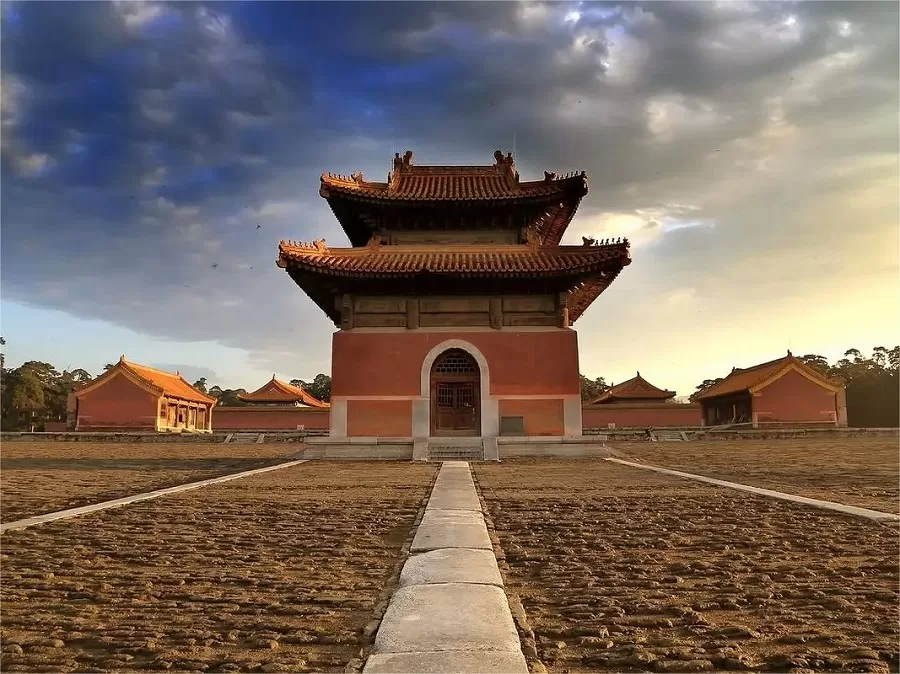
Tai Ling Mausoleum, situated at the heart of the Western Qing Tombs complex, is one of the earliest and largest structures within this imperial burial site. It serves as the final resting place for Emperor Yongzheng, along with Empress Xiaojing Xian and Imperial Noble Consort Dun. Tai Ling’s sacred pathway is particularly notable, paved with three layers of colossal bricks and adorned with over 40 variously sized buildings on either side. One of its standout features is the stone archway, which features intricate carvings of mountains, water, flowers, grass, and animals, symbolizing the rich symbolism and artistic prowess of Qing Dynasty tomb architecture.
Chang Ling Mausoleum
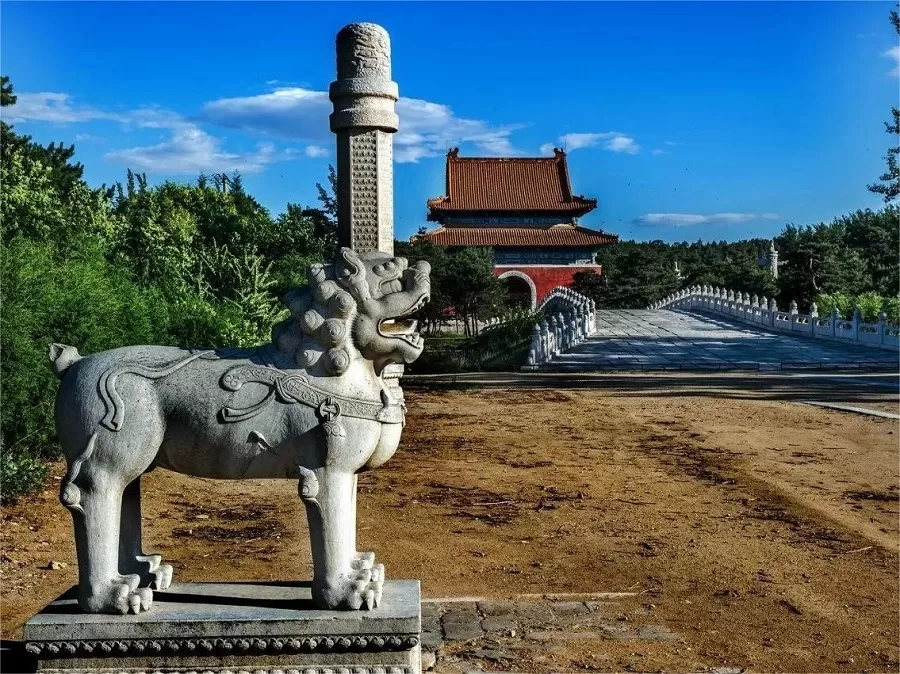
Chang Ling Mausoleum is the final resting place of Emperor Jiaqing and Empress Xiaoshu Rui. It is located about 2 li (approximately one kilometer) west of Tai Ling Mausoleum and is connected to Tai Ling by a sacred pathway. The architectural style and layout of Chang Ling closely mirror that of Tai Ling, exuding the same grandeur and opulence.
One of Chang Ling’s distinctive features is the Long’en Hall, which boasts grand pillars adorned with gold-embossed cloud dragons. The flooring is meticulously crafted from precious spotted marble, and the yellow stone slabs are adorned with purple patterns, creating a unique and visually striking effect.
Mu Ling Mausoleum
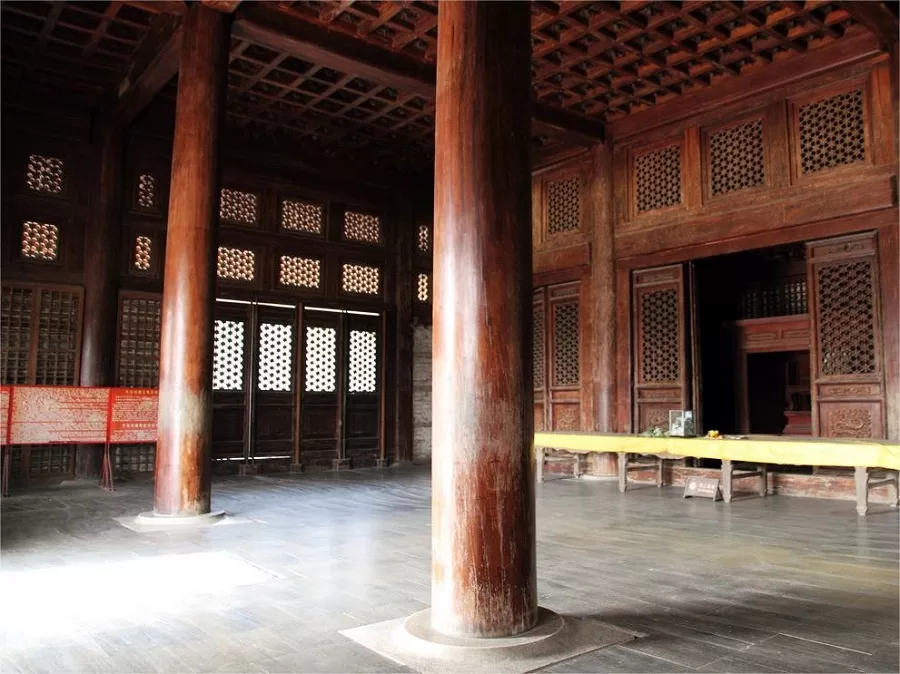
Mu Ling Mausoleum is located 15 kilometers west of Chang Ling Mausoleum, nestled in the picturesque Longquan Valley. It distinguishes itself from the other imperial tombs in the Western Qing Tombs complex through its unique architectural style, a testament to the innovative vision of Emperor Daoguang.
Mu Ling stands out with its smaller scale and the absence of certain architectural features commonly found in other imperial tombs, such as square walls, prominent towers, large stele pavilions, and stone animal statues. Instead, it emphasizes a sense of overall solidity and simplicity.
One of the remarkable features of Mu Ling is the exclusive use of golden-thread nanmu wood in the Long’en Hall, without any embellishments or colorful paint. This design choice preserves the natural color and texture of the wood, giving the mausoleum a distinct character.
Chong Ling Mausoleum

Chong Ling Mausoleum, located approximately 4 kilometers southeast of Tai Ling Mausoleum within the scenic Jinlong Valley, is the last surviving imperial tomb in China. It closely follows the architectural design and layout of Hui Ling, the mausoleum of Emperor Tongzhi.
Chong Ling Mausoleum features a unique collection of rare pine trees, including Luohan Pine and Silver Pine, which add to the natural beauty of the tomb complex. In the underground chambers of Chong Ling, Emperor Guangxu and Empress Longyu are interred together.
While Chong Ling’s scale may not rival the grandeur of mausoleums like those of Emperor Yongzheng or Emperor Jiaqing, it remains significant for its adherence to Qing Dynasty burial traditions while incorporating select elements of ancient architectural techniques. These include improved drainage systems, the use of higher-quality timber, and more intricate decorations.
Video about Western Qing Tomb
Conseils utiles résumés à partir d'études
Convenient Transportation: Upon arrival at the Western Qing Tombs, visitors can opt for a 25 yuan shuttle bus ticket, which runs every ten to twenty minutes. This is a convenient option, as the distances between various tombs are quite substantial, making walking impractical.
Limited Dining Options: In the vicinity of the Western Qing Tombs, there are almost no restaurants, so it is recommended to bring your own food and drinks. Even during holidays, the number of people is sparse.
Parking Fees at Tai Ling’s Parking Lot: For those traveling by car, it’s important to note that only Tailing Mausoleums charges fees.
Other Attractions in Baoding

Daci Pavilion
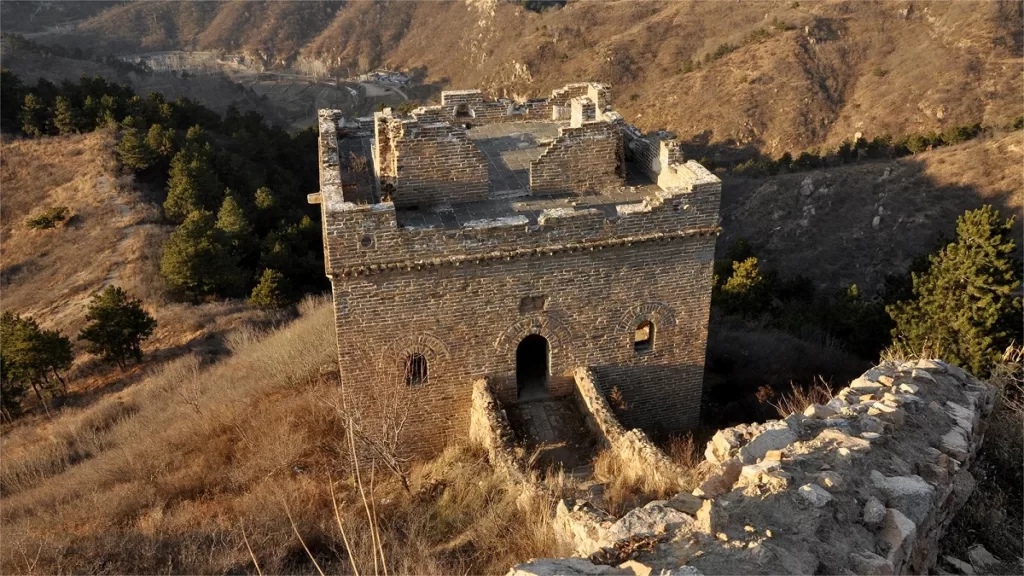
Wulonggou Great Wall

Yishui Lake Scenic Area
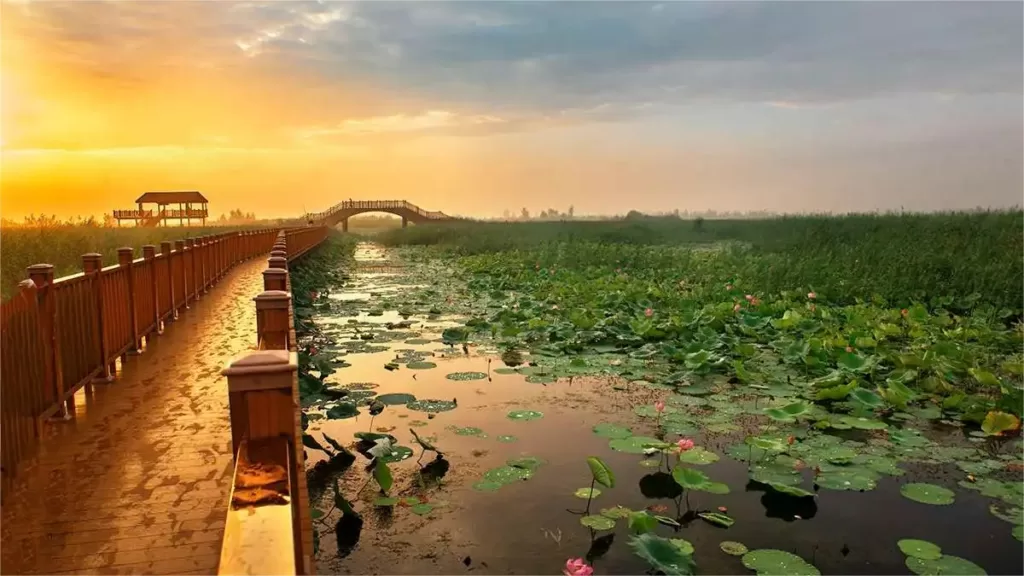
Baiyang Lake

Zhili Zongdu Bureau Courtyard
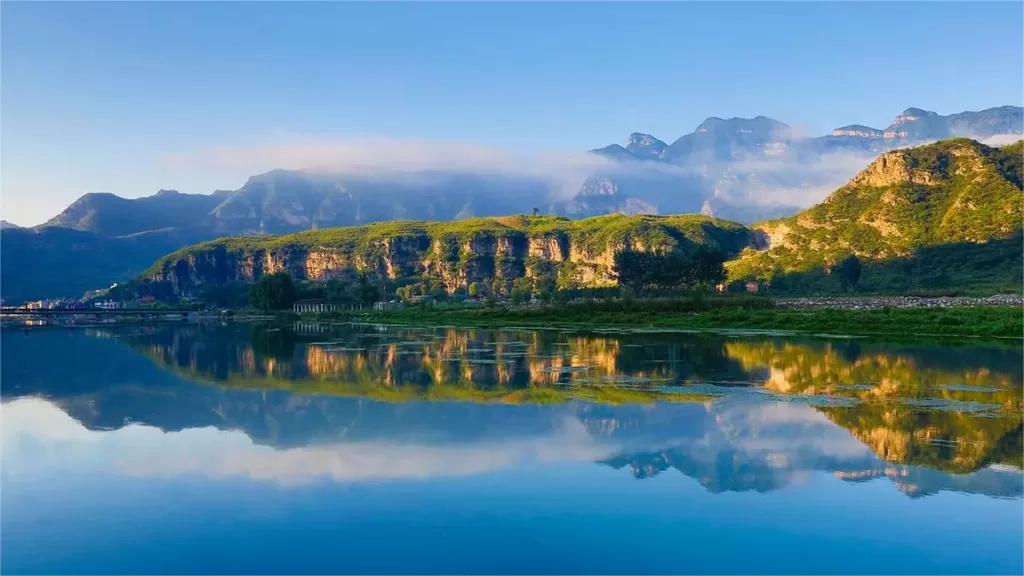
Yesanpo National Park
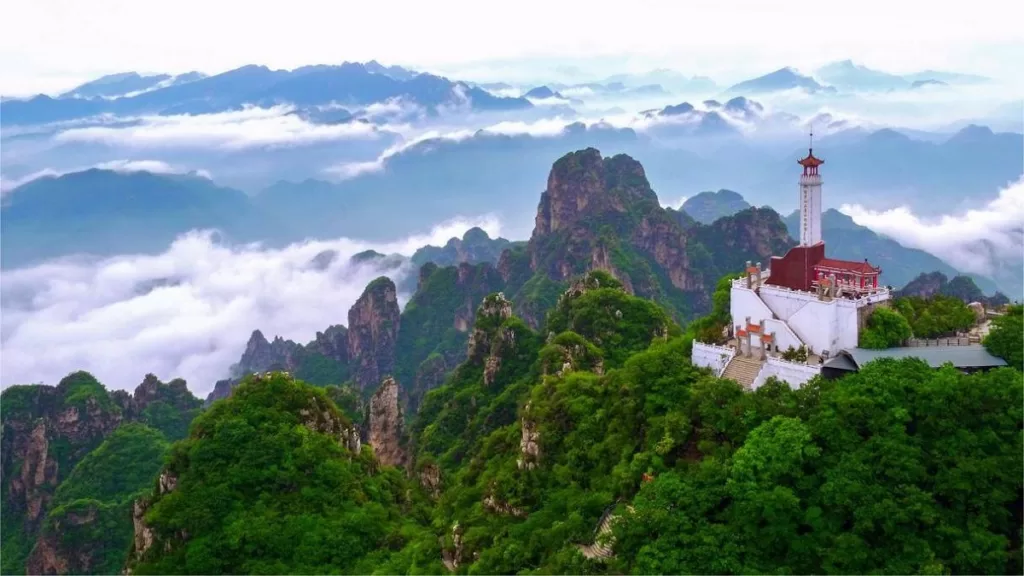
Langya Mountain

Baishi Mountain or White Stone Mountain
Attractions de Baoding, Sites historiques du Hebei, Musées du Hebei, Site du patrimoine mondial de l'UNESCO